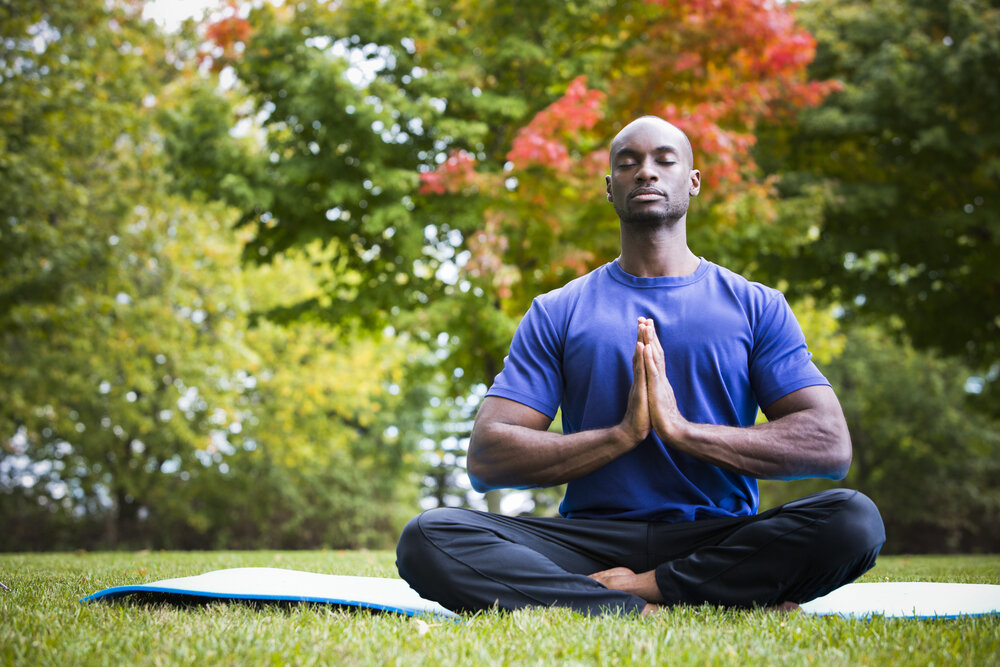In a world where stress and digital fatigue are at an all-time high, virtual yoga retreats have emerged as a powerful tool for mental wellness. Combining the serenity of traditional retreats with the accessibility of online platforms, these digital escapes offer guided yoga, meditation, and mindfulness practices—all from the comfort of home. As mental health awareness grows, more people are turning to virtual retreats to find balance, reduce anxiety, and reconnect with themselves. Here’s how these online experiences are transforming well-being.
The Rise of Virtual Wellness Retreats
The pandemic accelerated the shift to digital wellness, but the trend is here to stay. Busy schedules, financial constraints, and travel limitations make in-person retreats difficult for many. Virtual retreats solve these challenges by offering:
✔ Affordability (no travel or accommodation costs)
✔ Flexibility (sessions can fit into any schedule)
✔ Accessibility (participation from anywhere in the world)
Platforms like Alo Moves, Glo, and Mindbody now host multi-day virtual retreats with expert instructors, live workshops, and community support.
Mental Health Benefits of Virtual Yoga Retreats
1. Stress & Anxiety Reduction
Yoga’s combination of movement, breathwork, and meditation activates the parasympathetic nervous system, which counteracts stress. Virtual retreats provide structured programs to:
- Lower cortisol levels
- Ease racing thoughts
- Promote deep relaxation
2. Combatting Loneliness & Digital Burnout
Remote work and social isolation have increased feelings of disconnection. Virtual retreats foster community through:
- Live Q&A sessions
- Group meditations
- Online forums for shared reflection
3. Improved Sleep & Emotional Balance
Many retreats include yoga nidra (yogic sleep) and evening wind-down rituals that regulate sleep cycles—a key factor in mental health.
4. Personalized Self-Discovery
Unlike crowded in-person retreats, virtual formats allow participants to:
- Choose sessions that fit their needs (e.g., gentle yoga for beginners or intense vinyasa for advanced practitioners)
- Pause and revisit recordings for deeper practice
What to Expect in a Virtual Yoga Retreat
A typical retreat includes:
- Daily yoga flows (morning energizers, evening relaxers)
- Guided meditations (mindfulness, loving-kindness practices)
- Workshops (nutrition, journaling, breathwork)
- Accountability check-ins (goal-setting with instructors)
Some even mail wellness kits with journals, teas, and essential oils to enhance the experience.
Success Stories: Real Transformations
- Sarah, 34 (Remote Worker): *”After months of burnout, a 3-day virtual retreat helped me reset my nervous system. I now meditate daily.”*
- James, 28 (Anxiety Sufferer): “The breathwork sessions reduced my panic attacks. I’ve joined a permanent online yoga community.”
How to Choose the Right Retreat
Look for programs that offer:
- Experienced instructors (certified in yoga therapy or mental health)
- Small group sizes (for personalized attention)
- Holistic approaches (yoga + psychology tools like CBT)
Popular options include Yoga Girl’s virtual retreats and The Big Quiet’s digital gatherings.
The Future of Virtual Wellness
Expect advancements like:
- VR-enhanced retreats (immersive nature settings)
- AI-powered personalization (tailored sessions based on mood)
- Corporate wellness partnerships (employer-sponsored retreats)
Final Thought: A Gateway to Sustainable Self-Care
Virtual yoga retreats prove that profound mental health support doesn’t require exotic locations—just intention and technology. By making therapeutic practices accessible, they democratize wellness in an overstimulated world.
Visit these links for similar information :
https://rent2010.net/
https://froglinks.org/
https://almenpar.net/
https://compagniefai.com/
https://colturidebucuresti.net/
https://cimots.com/
https://imbookingit.com/
https://arafeina.com/
https://sunglassesoutletsky.com/
https://bestcriminallawyerdelhi.com/
https://stephentyrone.com/
https://myexperttax.com/
https://therapinsider.com/
https://tabernaluciferina.com/
https://samdental.org/
https://claudiakarvan.net/
https://upcollective.org/
https://healthykidsnm.org/
https://ezycleanpest.com.au/
https://launchpadcreative.com.au/
https://directorypass.com/
https://travelntourism.org/
https://traveldistricts.com/
https://dvplegalconsultants.com/
https://dailyghnewsonline.com/
https://anhtutravel.com/
https://charlestonsfastcashhomebuyer.com/
https://trihc.com/
https://homedesignmaine.info/
https://lilihome.net/






